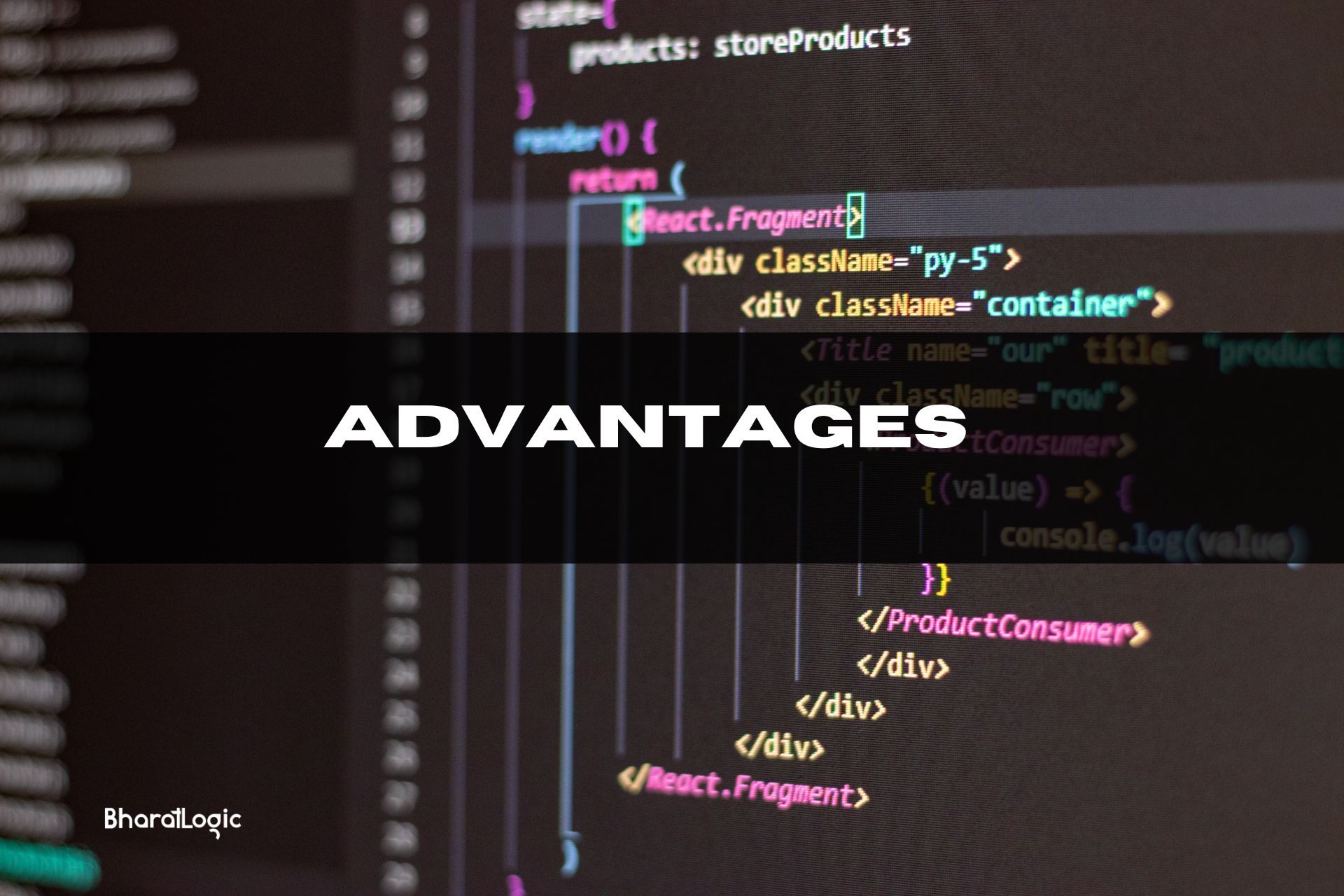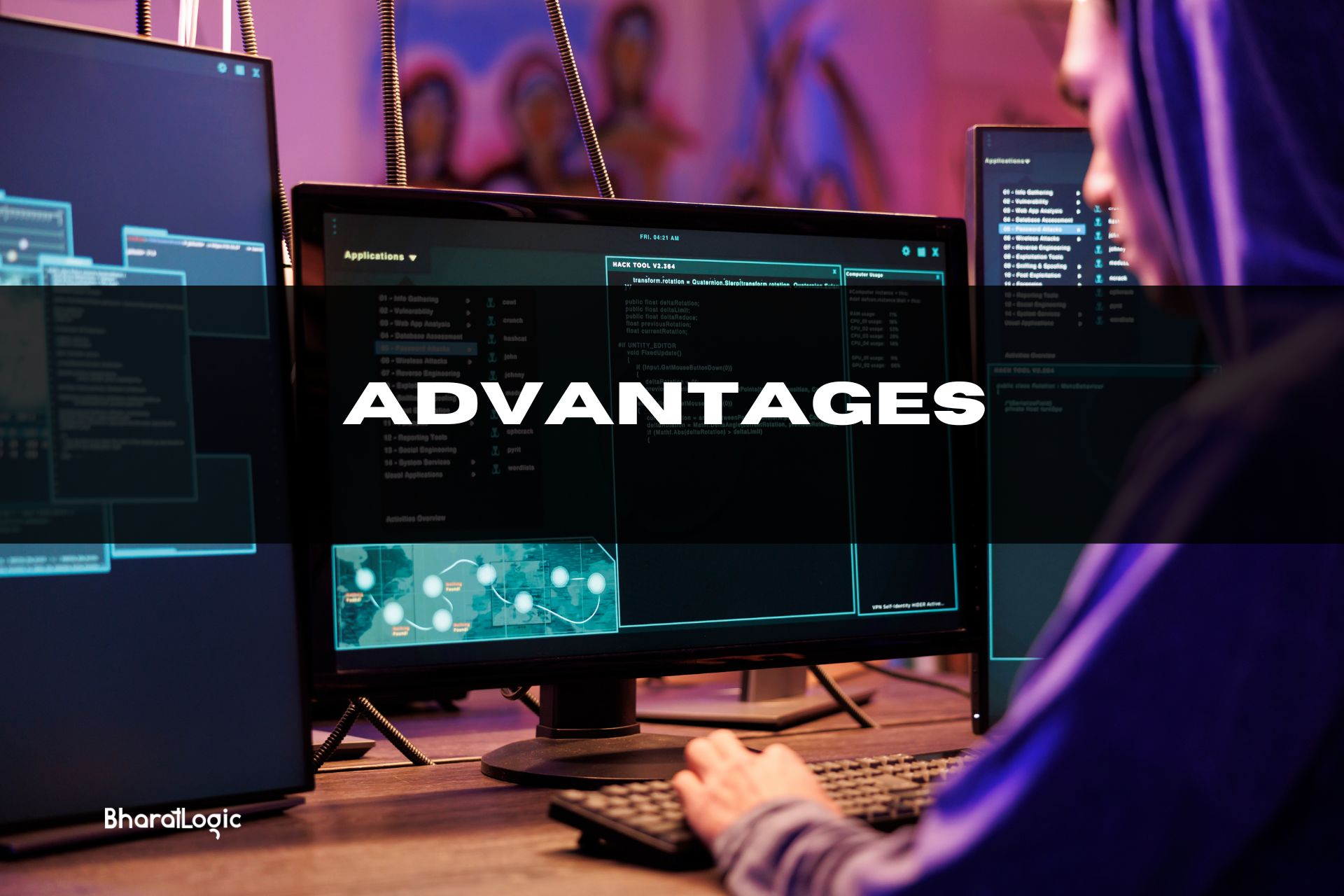Code vs No-Code Development : The Future of Software Development
Traditional coding practices are now being met with an innovative alternative: no-code development platforms. This blog aims to explore the differences, benefits, challenges, and future of both methodologies, helping you understand which option might be best for your projects.
Understanding Code Development

What Are The Code Development Platform?
Code development, also known as traditional software development, involves writing code from scratch or using programming languages such as Java, Python, or JavaScript. It typically requires developers to have a strong grasp of syntax, algorithms, and various frameworks. The process allows for complete control over the software’s functionality, design, and performance.
Advantages of Code Development

1. Full Customization:
Code development provides the highest level of customization. Developers can manipulate every aspect of the software to meet specific requirements.
2. Performance Optimization:
Skilled developers can optimize code for performance, speed, and scalability, ensuring that applications run efficiently under heavy loads.
3. Complex Problem Solving:
For highly specialized applications, such as those requiring advanced algorithms or integrations with other systems, code development is often the only viable option.
4. Robust Security Features:
Custom solutions can implement tailored security measures, thus enhancing the protection against vulnerabilities.
Challenges of Code Development

1. Time-Consuming:
Writing code from scratch can be a lengthy process, often requiring weeks or months for completion.
2. High Costs:
Hiring skilled developers can be expensive, and the longer development times can lead to increased overall project costs.
3. Dependency on Technical Skills:
Coding requires a deep understanding of programming languages and frameworks, which can limit who can participate in the development process.
The Rise of No-Code Development Platforms

What is No-Code Development?
No-code development involves using visual tools to create applications without traditional programming. Users can drag and drop components, configure settings, and assemble workflows through intuitive interfaces. Platforms like Bubble, Airtable, and Zapier empower even non-technical users to build functional applications without writing a line of code.
Advantages of No-Code Development

1. Rapid Development:
No-code platforms allow users to build applications in a fraction of the time compared to traditional coding, often within days or weeks.
2. Lower Costs:
Reduced development time translates to lower labor costs. Many businesses can save money by utilizing no-code tools instead of hiring specialized developers.
3. Accessibility:
No-code platforms democratize app development, enabling non-technical users, known as “citizen developers,” to create solutions independently.
4. Iterative Improvements:
No-code tools allow teams to quickly prototype, test, and iterate on ideas, enhancing innovation and responsiveness to user feedback.
Challenges of No-Code Development

1. Limited Customization:
While no-code platforms offer a variety of pre-built components, they may not support all desired functionalities, potentially leading to compromises.
2. Scalability Issues:
Not all no-code solutions can handle large-scale applications effectively, and users may eventually need to transition to code-based development.
3. Vendor Lock-in:
Relying heavily on specific no-code platforms can create challenges when migrating to other solutions or integrating with existing systems.
4. Security Risks:
As applications built on no-code platforms often rely on third-party services, they may expose organizations to additional security vulnerabilities.
Also read more about data security : AI and Machine Learning in Cyber Defense: Hype or Reality?
Which Approach is Right for You?

Factors to Consider
Deciding between code vs. no-code development depends on various factors, including:
1. Project Complexity:
For simple applications or prototypes, no-code platforms are generally a better choice. However, complex enterprise-level applications may require custom coding.
2. Time Constraints:
If a project needs to be completed rapidly, no-code solutions often deliver results more quickly than traditional coding.
3. Budget Limitations:
No-code development can substantially reduce costs, making it appealing for startups or smaller businesses.
4. Team Expertise:
Consider your team’s skill set. If you have experienced developers, coding may be the way to go. Conversely, if most team members lack technical expertise, a no-code solution may be more suitable.
Example Use Cases
No-Code:
Building a simple task management app, creating landing pages, or developing basic e-commerce solutions can easily be done through no-code platforms.
Code:
Complex financial systems, healthcare applications requiring high security and regulatory compliance, or custom integrations with legacy systems typically necessitate traditional coding.
Also :Unlocking Innovation: 15 Futuristic Web App Ideas for 2024
A Blending of Approaches

Rather than viewing code and no-code development as opposing forces, the future seems to point toward a hybrid approach. Businesses are likely to leverage both methods to benefit from the advantages of each. For instance, teams might start with no-code platforms for rapid prototyping and then transition to traditional development as the project grows in complexity.
Emerging Tools and Technologies

As technological advancements continue, we can expect to see:
1. AI-Powered Development:
AI can assist both code and no-code platforms by automating certain tasks, suggesting improvements, and streamlining workflows.
2. Enhanced Integration Capabilities:
Tools that bridge the gap between no-code and code solutions can provide a seamless experience and ease transitions.
3. Greater Focus on Citizen Development:
Companies may invest in training programs to empower employees with no coding background, fostering innovation and rapid deployment of solutions.
Also read more about : Top 10 Strategies for Managing Software Projects in 2024
Conclusion
As the lines between code and no-code development continue to blur, understanding the strengths and limitations of each approach will be crucial for organizations looking to navigate the ever-evolving landscape of software development. By considering your specific needs, resources, and project goals, you can make an informed choice that accelerates your journey toward digital transformation. Ultimately, whether you opt for code or no-code, the goal remains the same: to deliver quality software that meets user needs and drives business success.
FAQs
Code development platforms require traditional programming skills to build applications, using languages like Python, Java, or JavaScript. No-code development platforms allow users to create software applications without needing to write code, often using visual interfaces and pre-built components.
No-code platforms are particularly beneficial for business analysts, entrepreneurs, and non-technical users who want to build applications without relying on a development team. They empower individuals to prototype ideas quickly and iterate based on feedback.
No, code development platforms are unlikely to disappear. While no-code tools are excellent for rapid application development and prototyping, many complex applications require custom coding to meet specific business needs. Both platforms will coexist, each serving different use cases.
No-code platforms are ideal for:
1. Rapid prototyping and MVPs (Minimum Viable Products).
2. Simple applications like landing pages, forms, and internal tools.
3.Projects with limited budgets or timelines.
4.Organizations looking to empower non-technical staff in app development.
Choose code development platforms when:
1. Your application requires complex functionality and customization.
2. You need to integrate with various APIs or legacy systems.
3. You expect high scalability and performance needs.
4. Security and compliance are top priorities.
The future will likely see a hybrid approach where code and no-code platforms complement each other. As no-code tools continue to evolve and become more powerful, we may see increased collaboration between technical and non-technical teams. Additionally, advancements in AI and automation may further enhance both development methodologies.
Yes, security can be a concern with no-code platforms, particularly if users do not fully understand the implications of the integrations and data handling. It is essential to choose reputable platforms that prioritize security and to ensure that users follow best practices for data protection.
Businesses should assess their project requirements, available resources, timelines, and long-term goals. A thorough understanding of the desired complexity, customization needs, and scalability will enable decision-makers to choose the most appropriate development approach for their unique situations.

